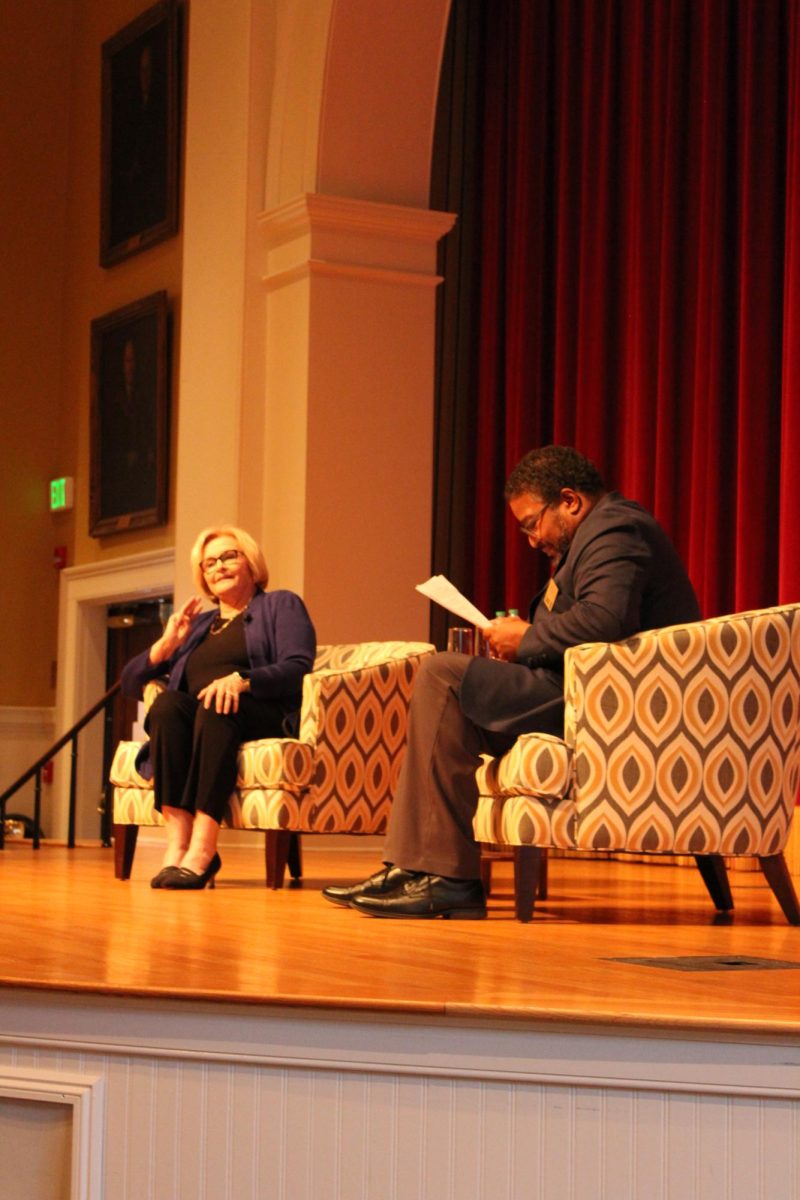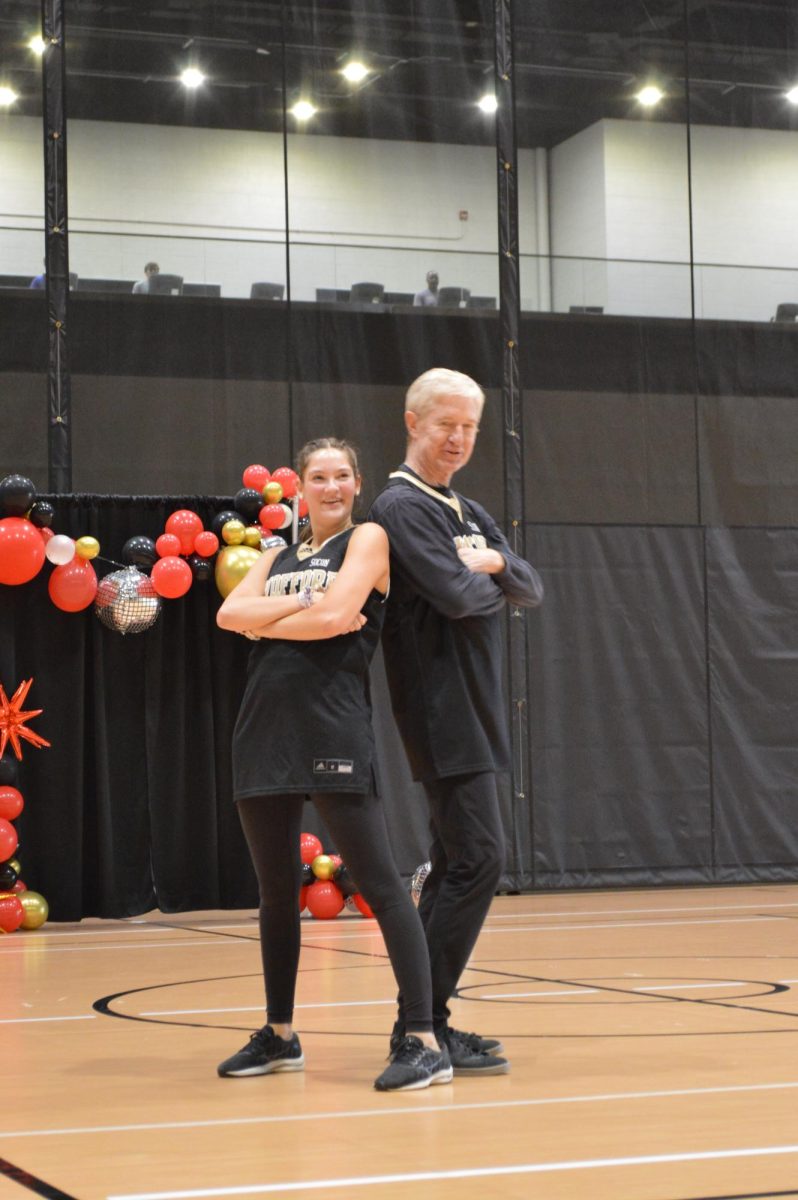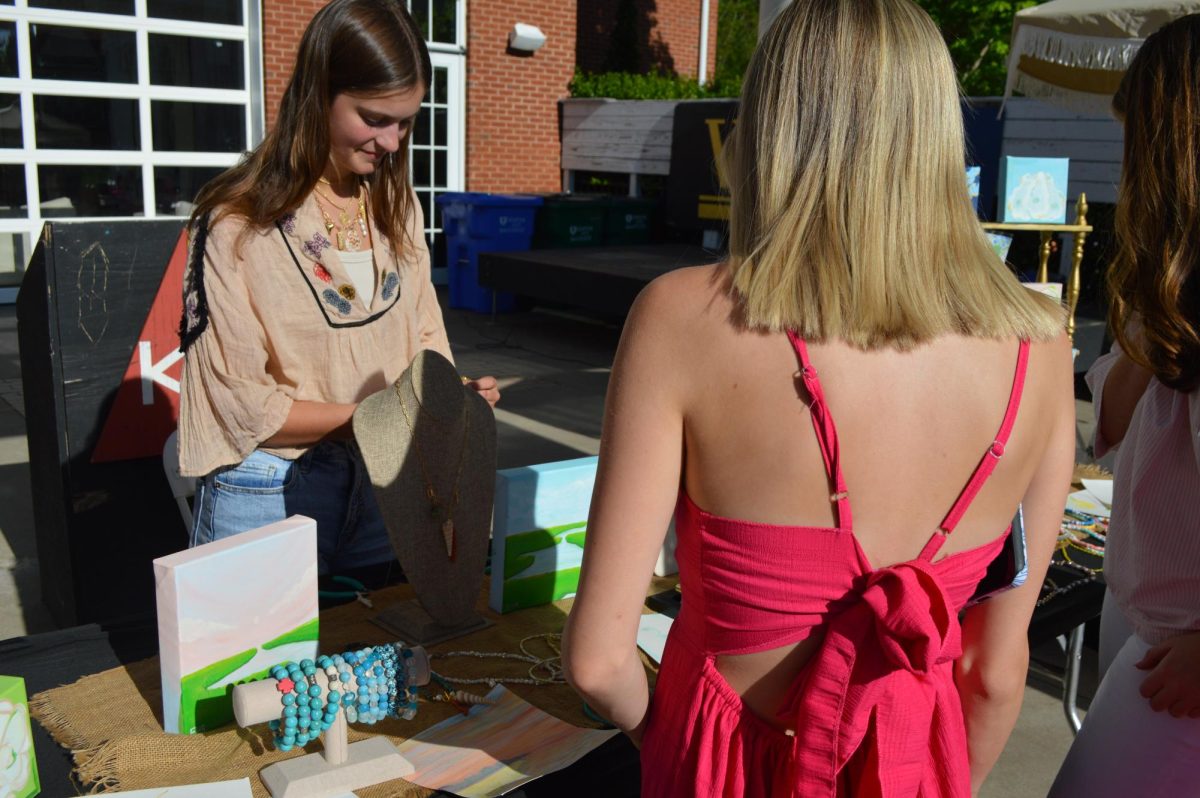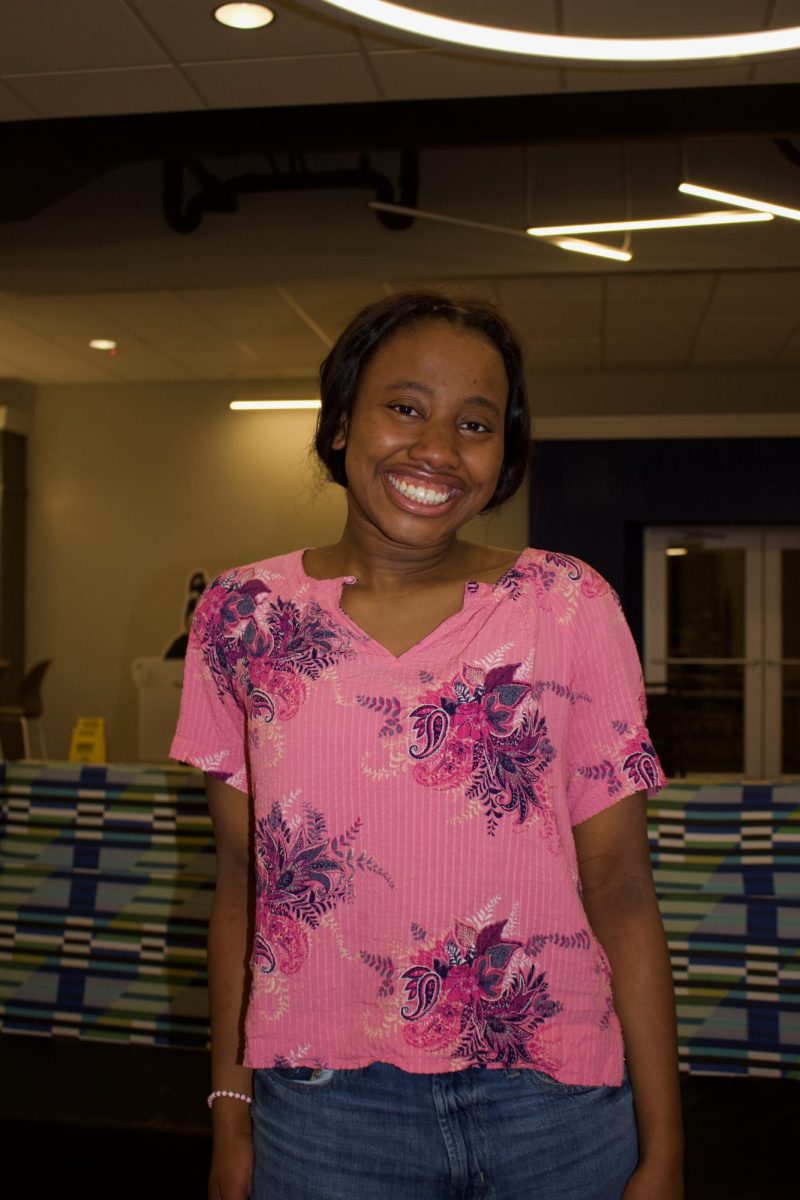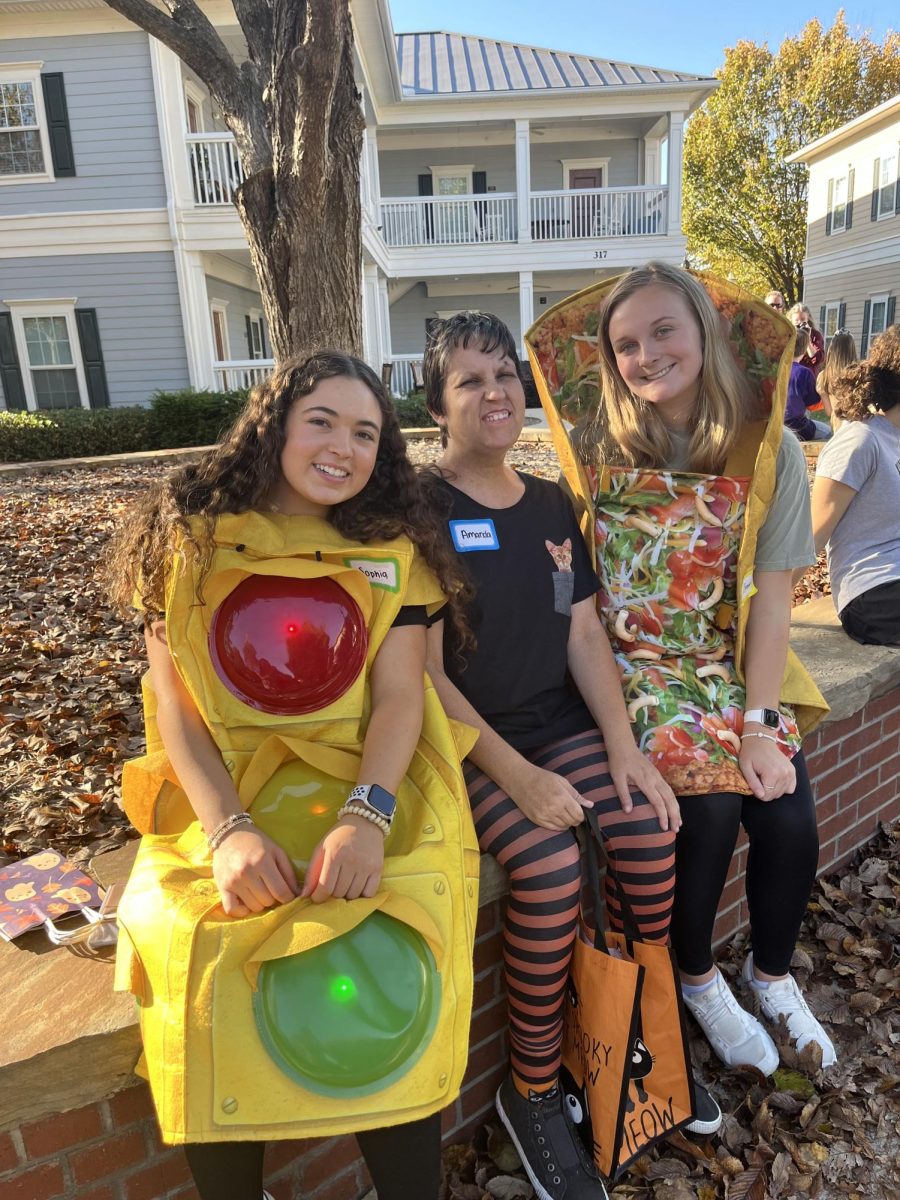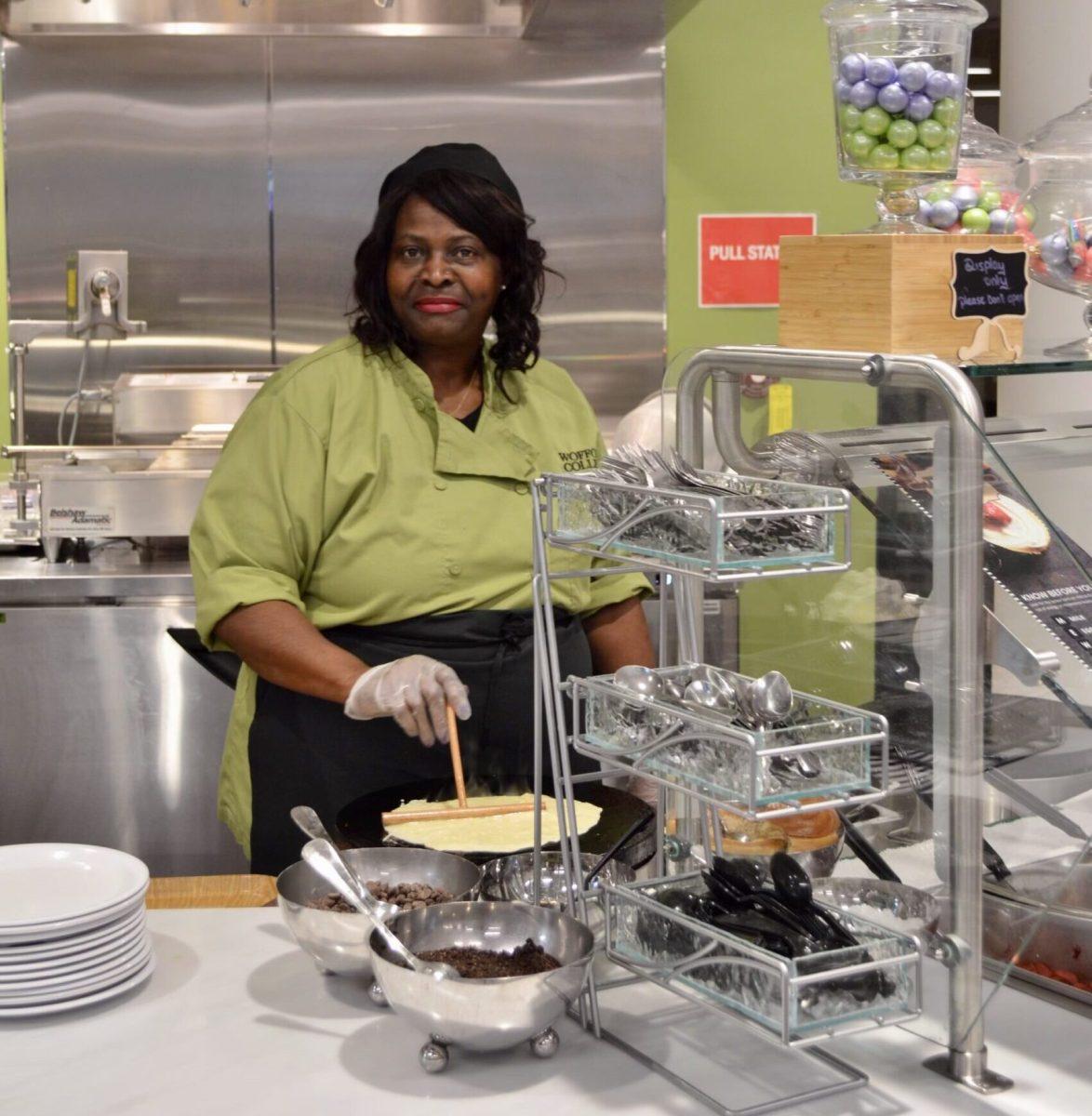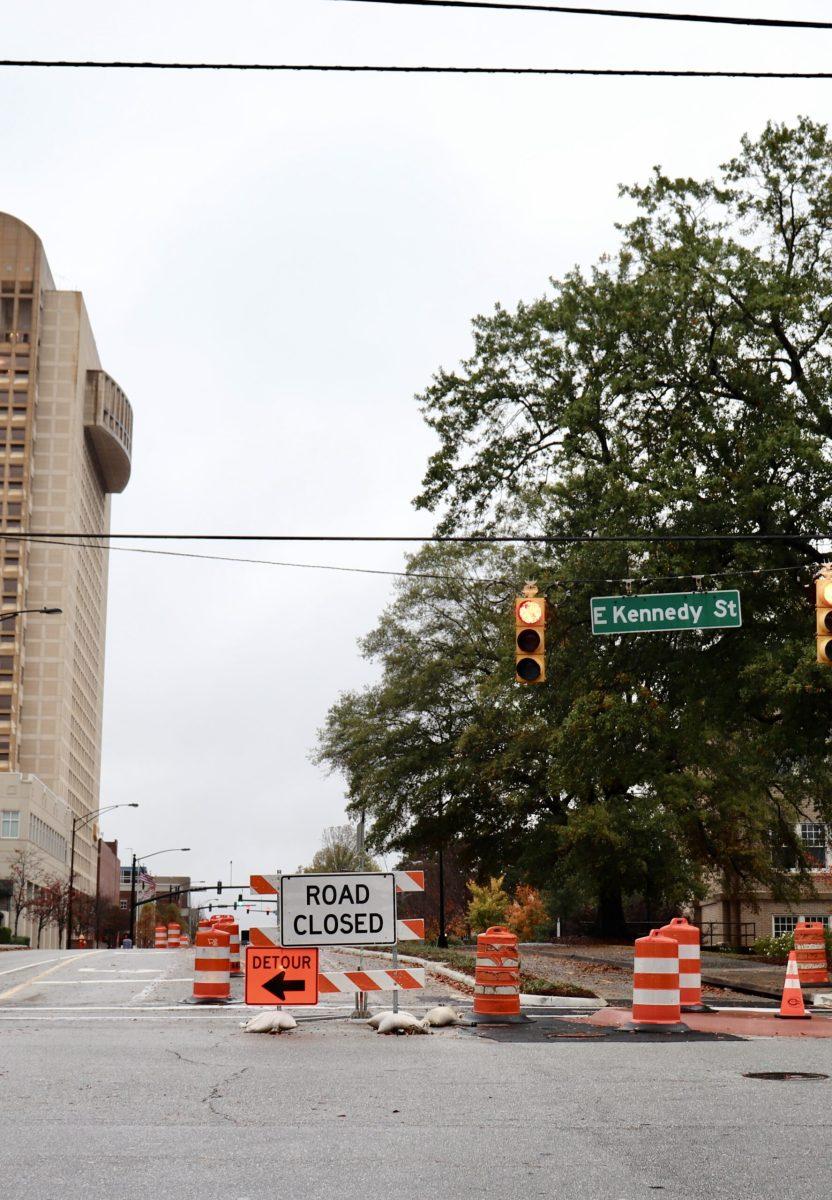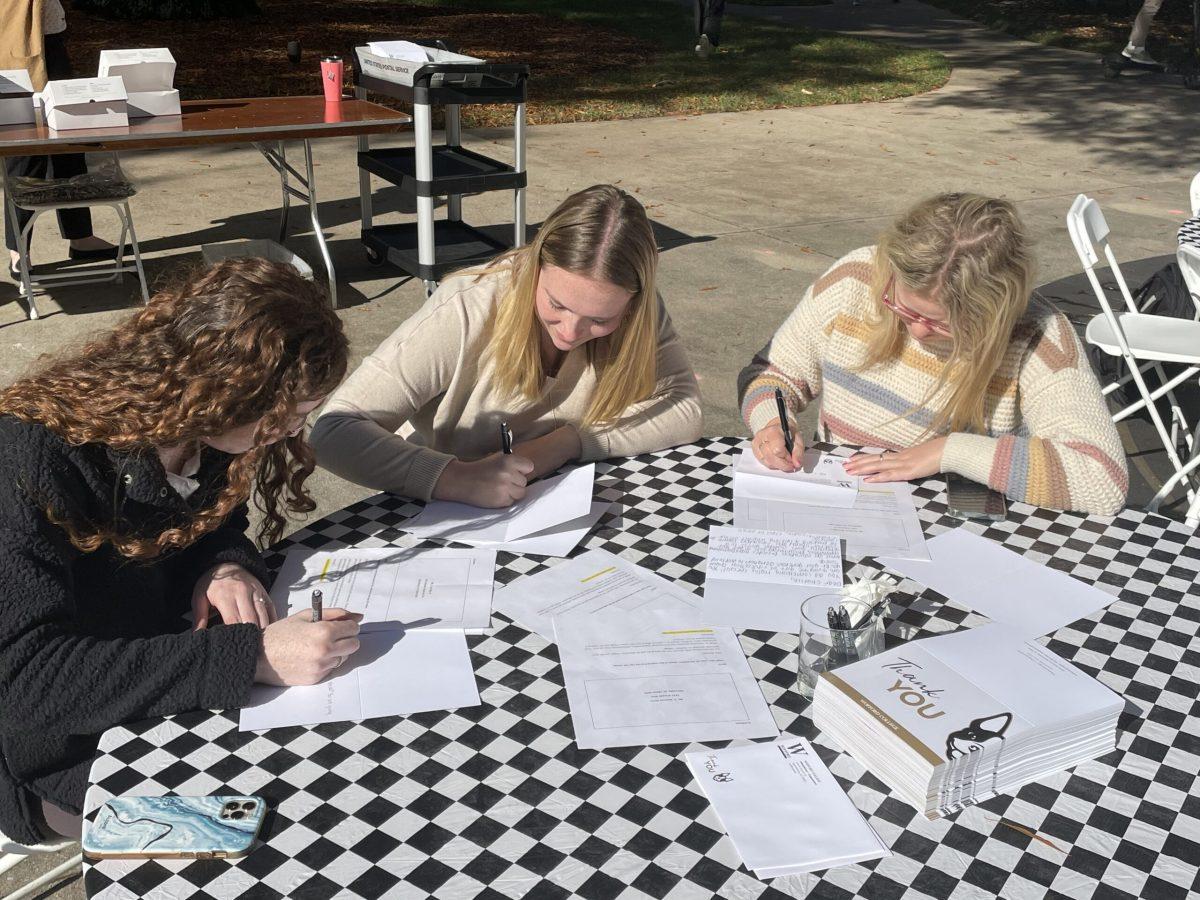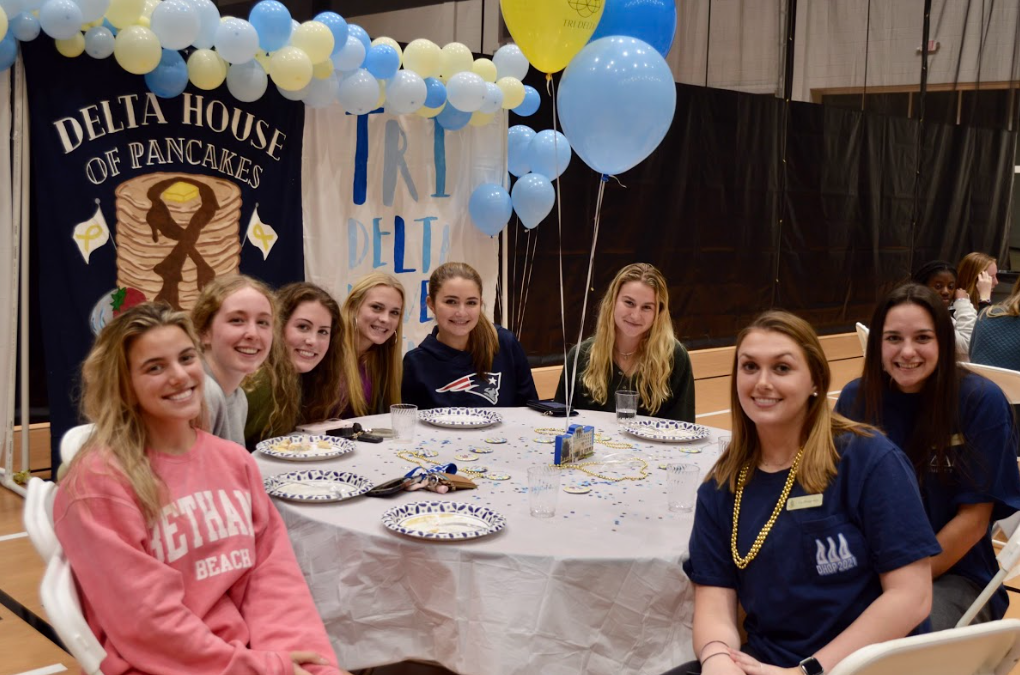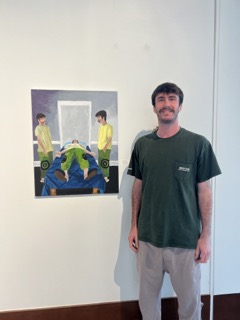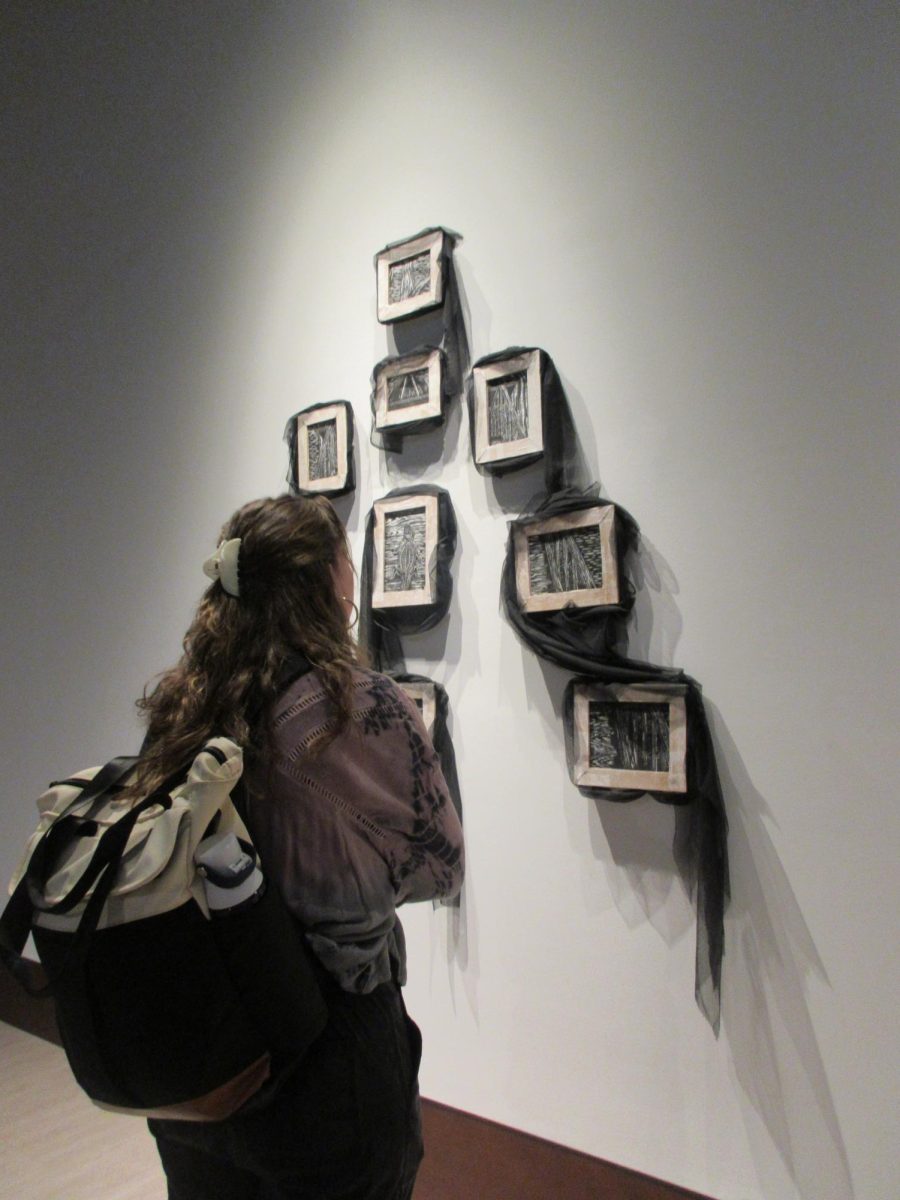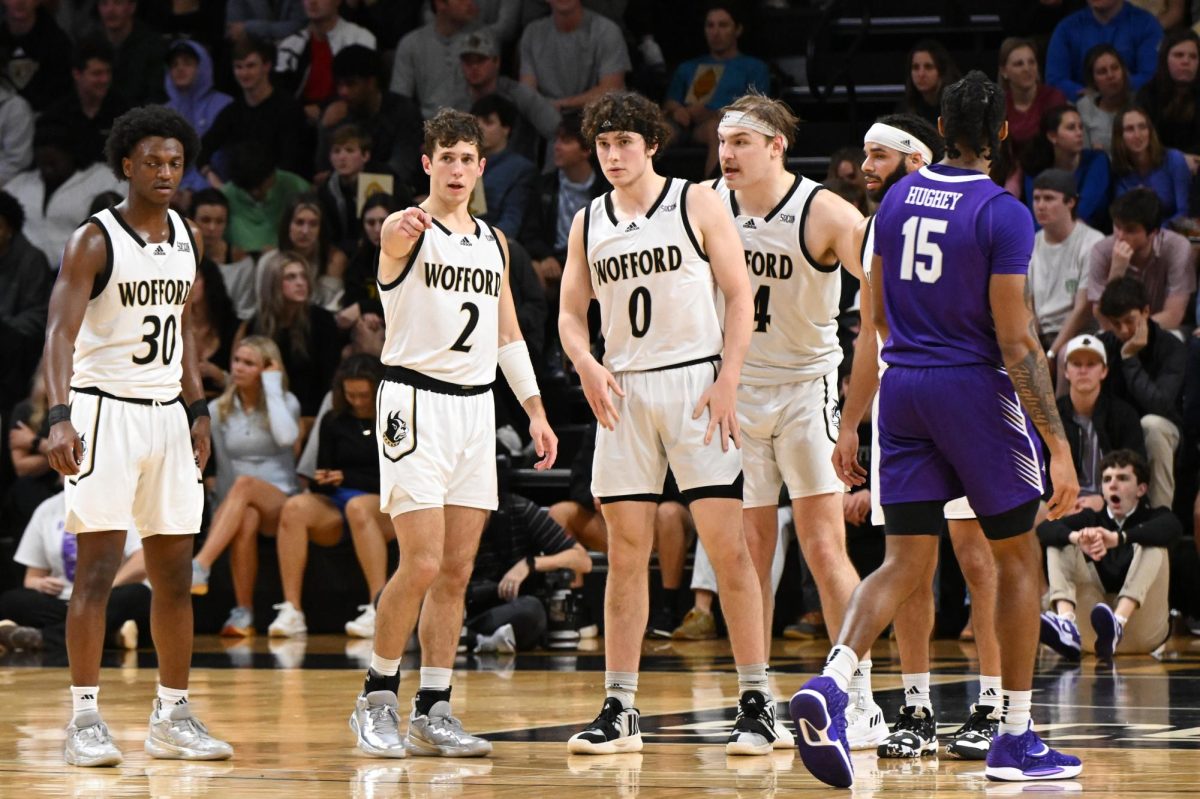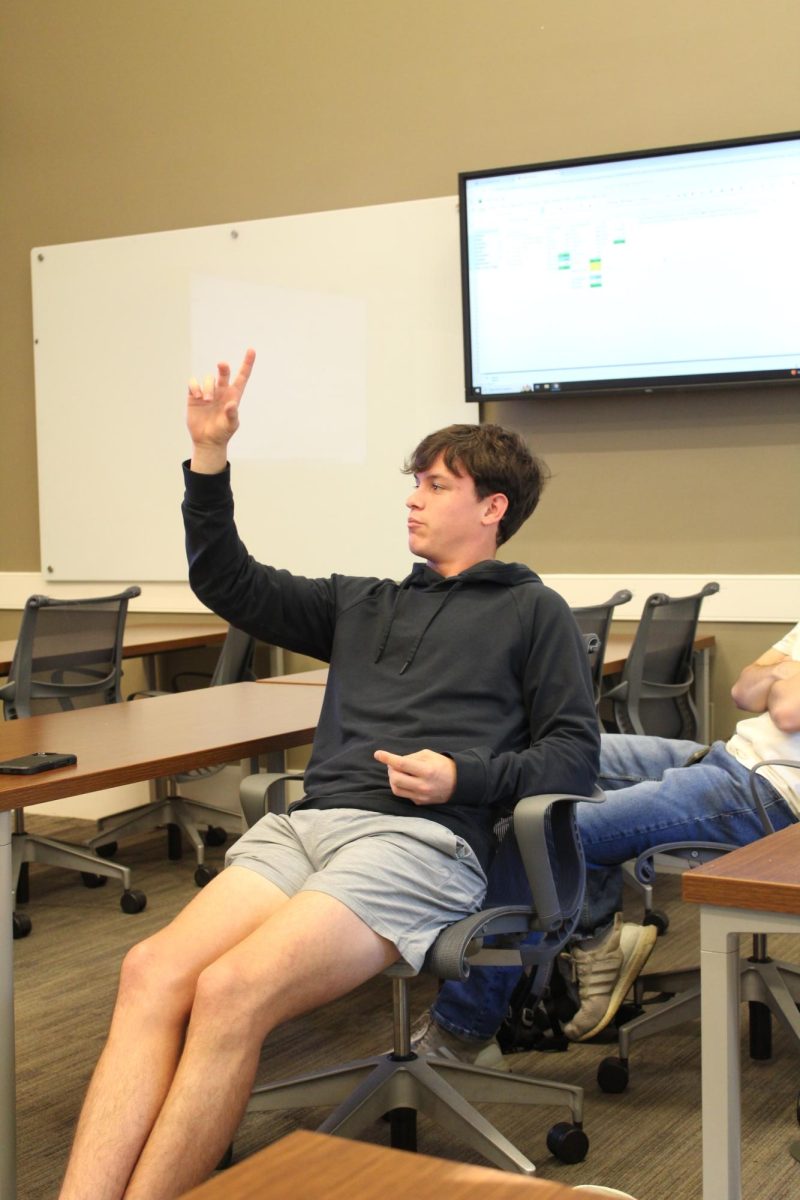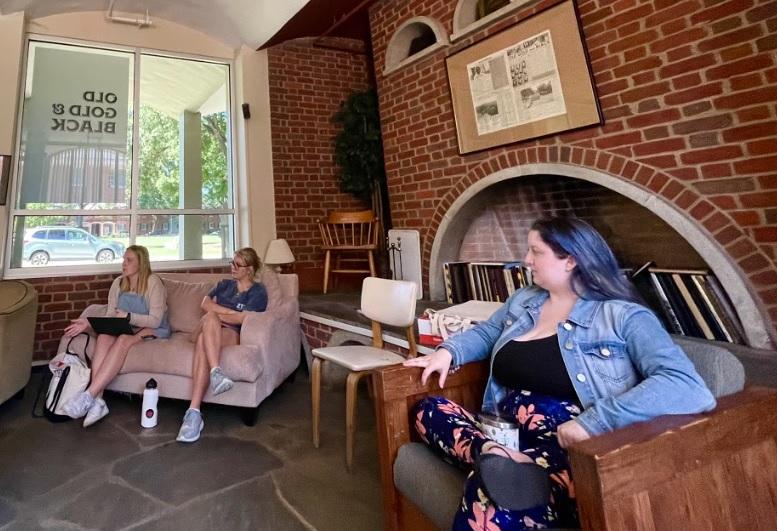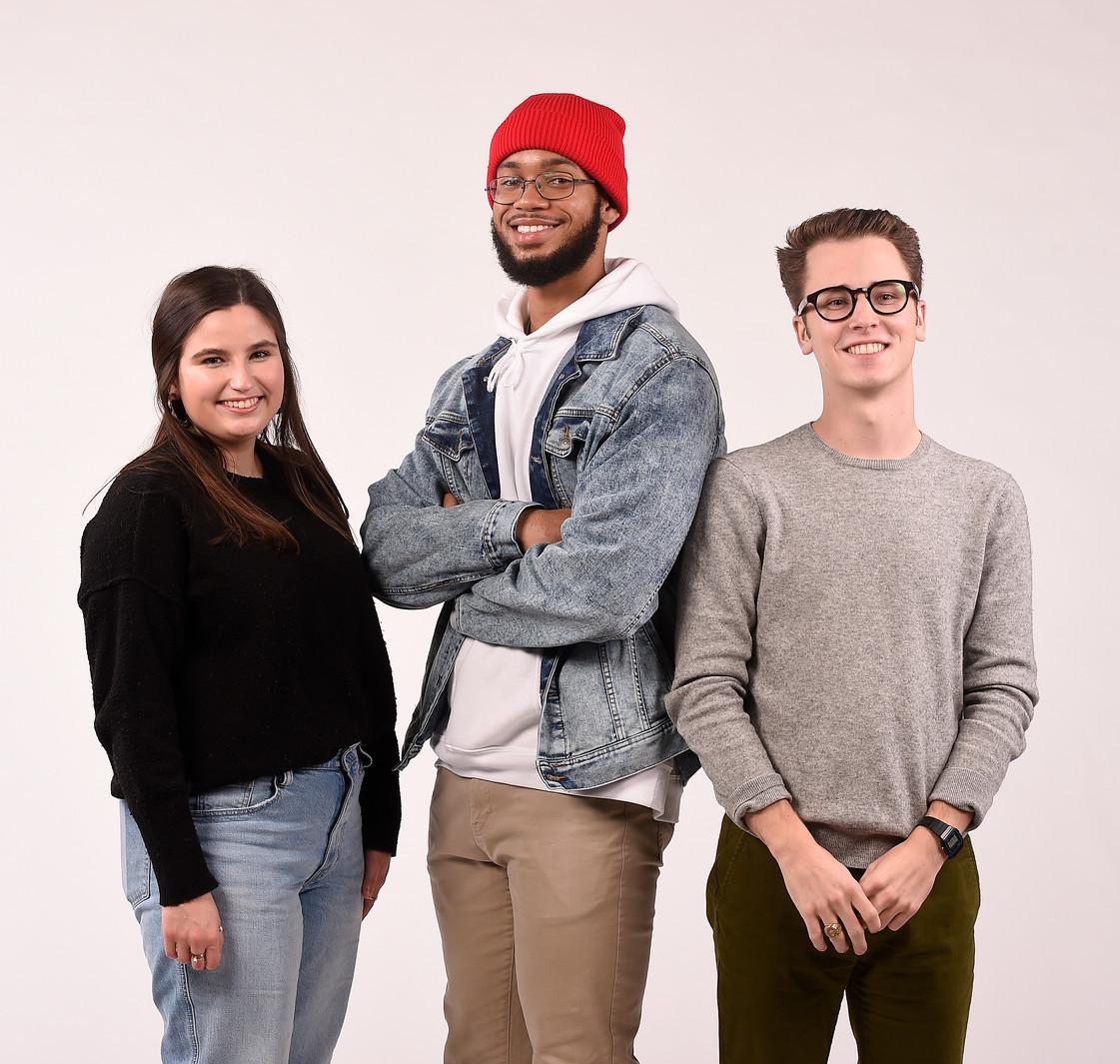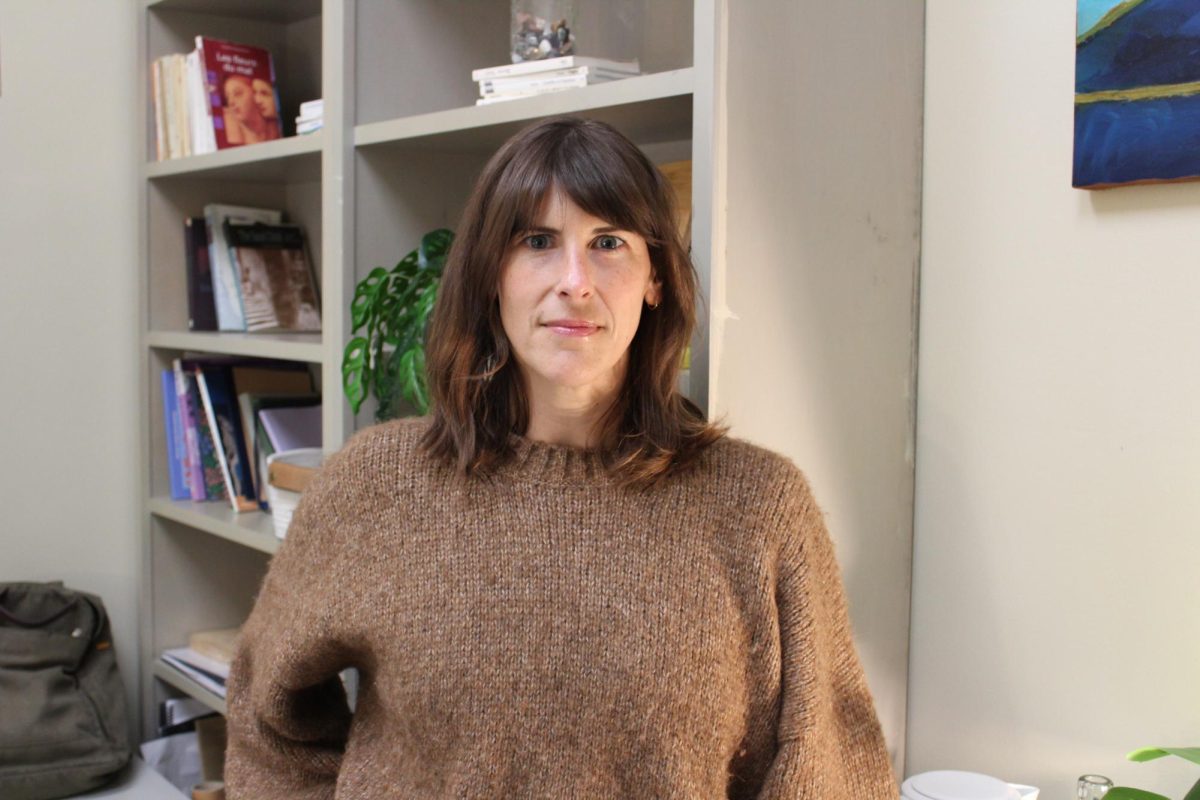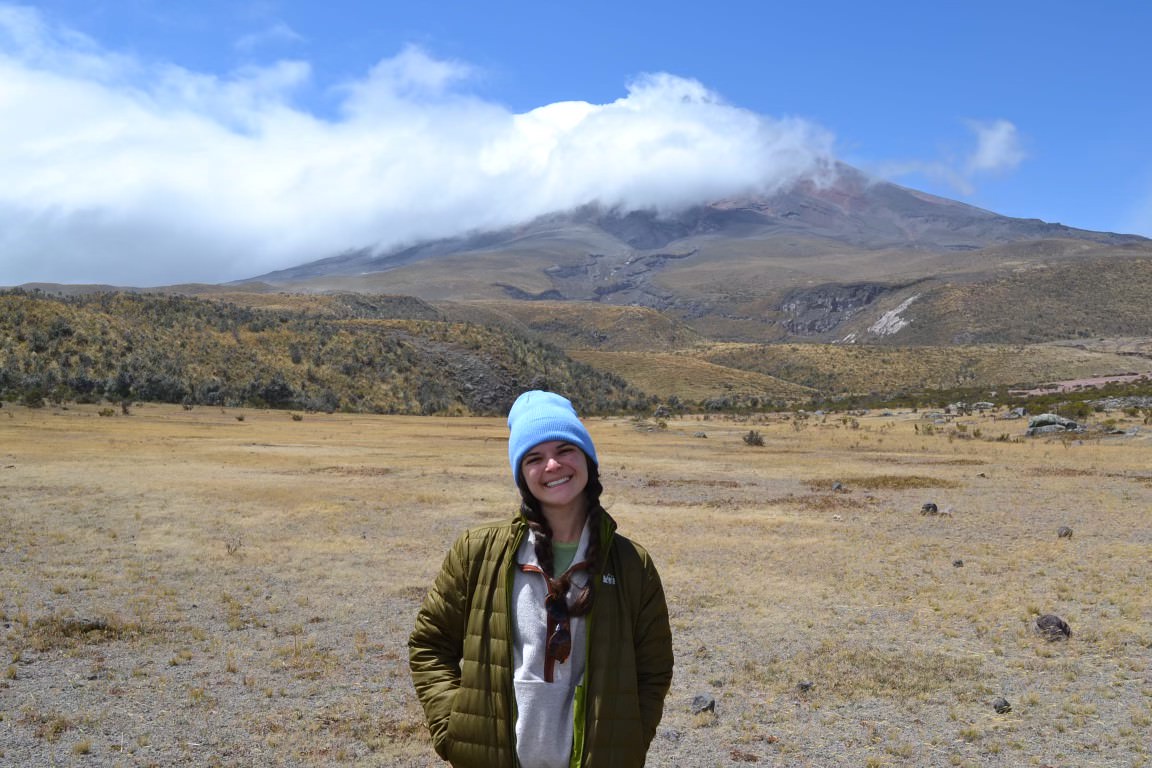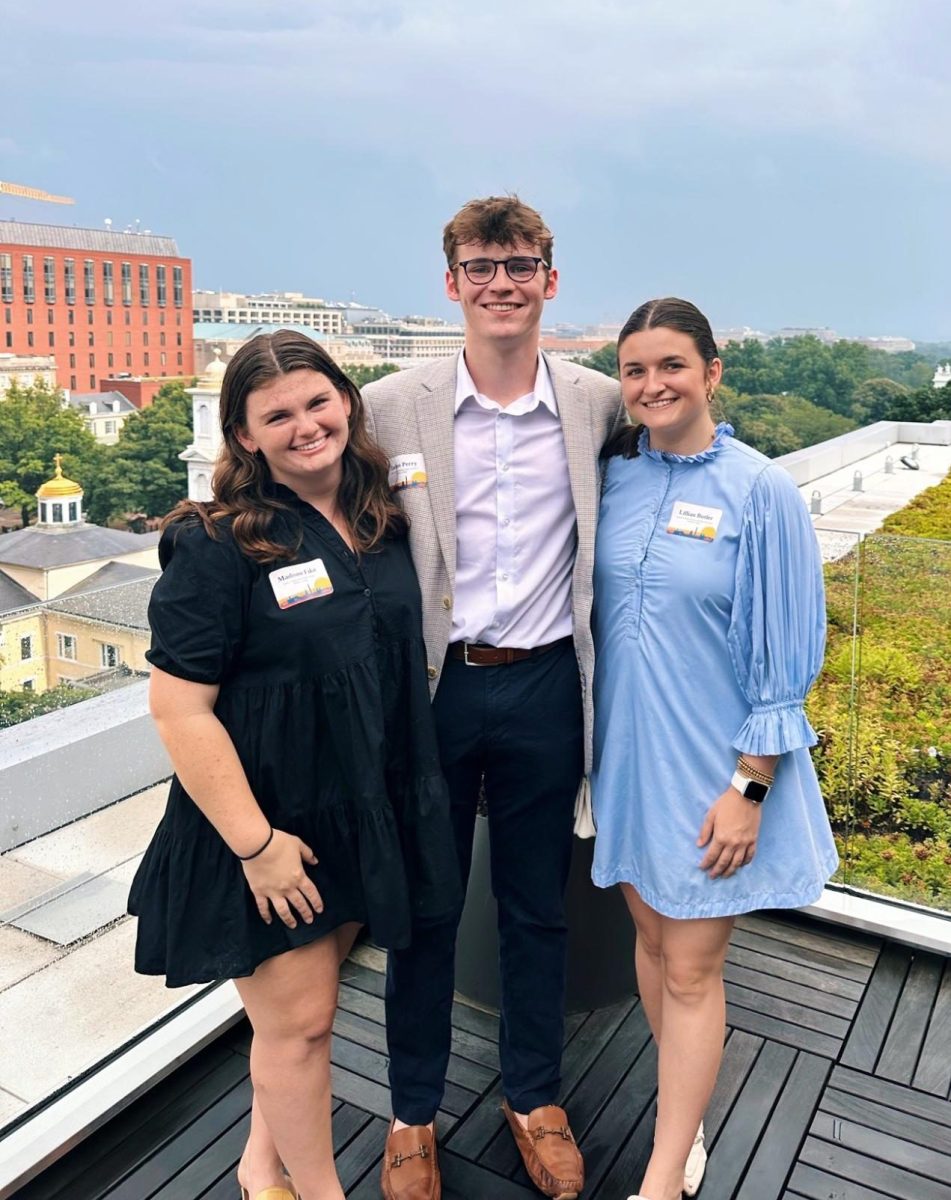Finding unity in the North and South American feminist movements
There’s a new documentary on Netflix called Feminists: What Were They Thinking? that is based on a collection of photographs by Cynthia MacAdams from the 1970’s. Many of the subjects were shown their photo and commented on who they were and how they liked the photo “back then,” plus who they are now and how they have grown or changed ideologically and personally. Other footage includes brief interviews and interactions with women at the Women’s March on March 8, 2018.
As a female with my own research project on the role of art in the (South American) feminist movement, watching this documentary practically constituted as research. It follows the same concept: how did and does an artist’s work influence the perception of women and impact the feminist movement? I, however, am focusing on multiple artists. I am not comparing the “then and now” of the same “population sample,” and my research is taking place in a culture known for its stereotypical machismo.
Listening to the experiences of the women featured in the documentary and the goals of artists I have met so far, it’s clear that the North and South American feminist movements have been and remain very distinct from one another. Director Johanna Demetrakas described her experience with sexism: growing up in the fifties and sixties meant not only second class citizenship legally, but 2nd class human being-ship: not invited to the party of medicine, art, law, education, science, religion, except maybe as the secretary. Second-wave feminism in America was a demand for professional recognition, a rebellion against the homemaker and a liberation of the female body.
In South America, feminists today are literally fighting for their lives. Women are protesting “femicides,” or the murder of women by men in the streets and in homes, which often go unpunished and unrecognized by society and the state. In many countries, they are seeking the right to abortion, which American women have (for now). Chile passed a law this year that banned unsolicited whistling and “cat-calling” in the streets. It is 2018 and men are just now held responsible by law for harassment. Shockingly, the same goes for the United States in 2018: it’s 2018 and we still haven’t had a female president—ironically, Chile has. This is machismo; it doesn’t make sense, there’s no pattern or blanket-statement to address what it is, and it looks different in each nation, and even in each social class.
I recently interviewed artist Danae Ale, a graphic designer from Santiago, Chile. Twenty-two years old, Ale admits that only recently did she become aware of the challenges against her as a woman in a male-dominated, heavily religious society. Ale explained the sudden “awakening” and how she has tried to teach her family about the feminist values that contradict how her parents and sisters once perceived “the way life is supposed to go when you’re a guy or a girl.” She recognizes her family’s wealthy status and how that advantage influences her feminist principles; Ale is more concerned with machismo in her professional space and once collaborated with Genias, “a community for women who work.” The organization supports women who are setting up their businesses, looking for new job options or seeking inspiration for their ideas, and promotes the idea that they all have in common the desire to enjoy what they do and feel motivated each day. In her print for Genias, Ale included a typographic slogan, Juntas Más Fuertes, or “Stronger Together.” The graphic design and phrase reflect “the feminine power and the advantage of uniting ourselves.”
Ale is an anomaly to the other women I have interviewed and whose work more directly confronts the violence against women, the call for basic rights, and the treatment of women as sexual objects either in popular imagery or in the streets. Her goals as an artist are similar to many objectives of feminists in America whose concerns are, generally speaking, related to equality in the workplace. None of this is to say, however, that American women don’t experience violence rooted in sexism or are not fighting to change the perception and representation of the female body. While feminism may at first appear different in North and South America, it seems that many of the objectives overlap and that we could learn from each other’s progress and failures.
Moral of the story: women (and men) are simply stronger together.
CAPTION: Street artist Estefania “Stgi” Leighton works on her mural for the Urban Art Festival in Santiago, Chile. Her design depicts two women in a colorful embrace, as the theme of the festival promoted intercultural relations, and she wanted to emphasize the importance of women supporting each other. (Photo by Lydia Estes)


